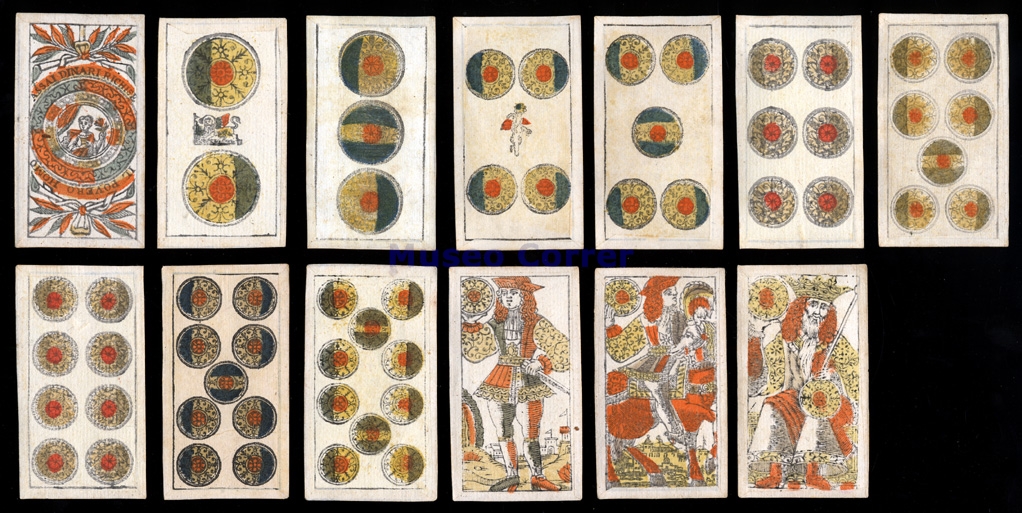Laurie Alice here: While working on my next Regency, (Zondervan Books, 2014), I ran into a problem—I needed to entertain a houseguest who is in mourning and who is also. . . We’ll be kind and call her distraught rather than whiny. Since I didn’t want them to play card games commonly associated with gambling, such as silver loo or whist, and this lady is not bright enough to play chess, I went to the well of information that is The Beau Monde ladies, the Regency special interest chapter of Romance Writers of America. As usual, they gave me enough information to keep my guest entertained for weeks; therefore, I thought I would share a few of them with you all.
Let’s start with Spillikins.

This is a game that is still played today. Sticks of varying shapes and sizes are held upright, then allowed to fall into a random pile. The object of the game is to collect as many sticks as you can without disturbing any of the other sticks. I remember playing something similar to this as a child called “Ker plunk”—or something like that.
Another game that reminds me a little of a favorite childhood game was, A Journey Through Europe, or The Play of Geography. The idea was a race through Europe, reaching the goal first. Players moved their game pieces along a map of Europe according to the toss of a dice. Sound a little like The Game of Life?
Other games included first having to put together what we would now call a jigsaw puzzle which resulted in a board game of some kind. These games—and others—were stored in slip cases for easy storage or taking on long road trips.
So now I need to figure out how I can get the heroine and hero playing one of these games. Or maybe that will wait for another book in this series. All I know is that knowing more about the games of the time makes for far more interesting evenings in the country houses in which I like to place my characters, than the standards of playing cards, chess, or music.
Originally posted 2013-01-21 05:00:00.












